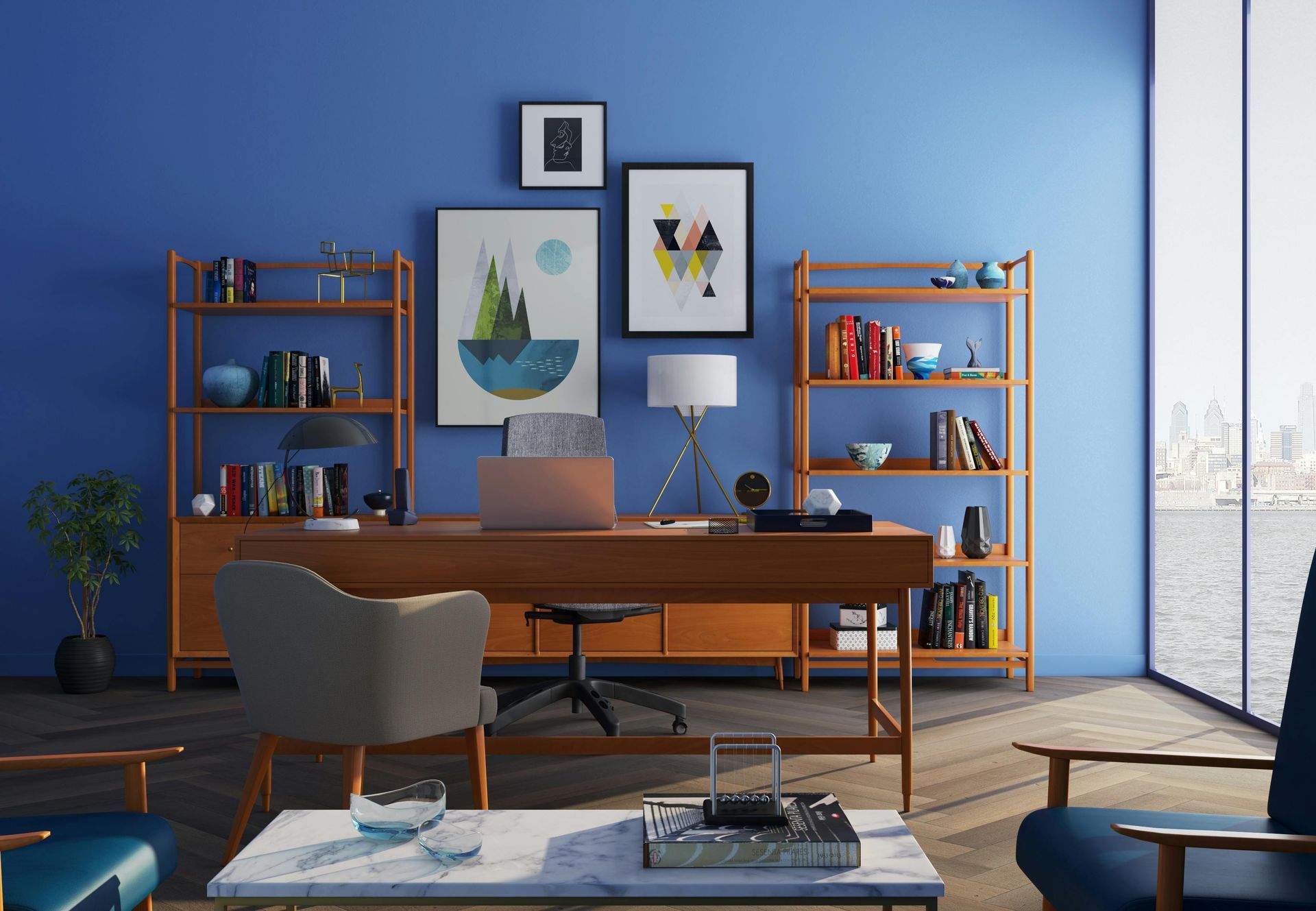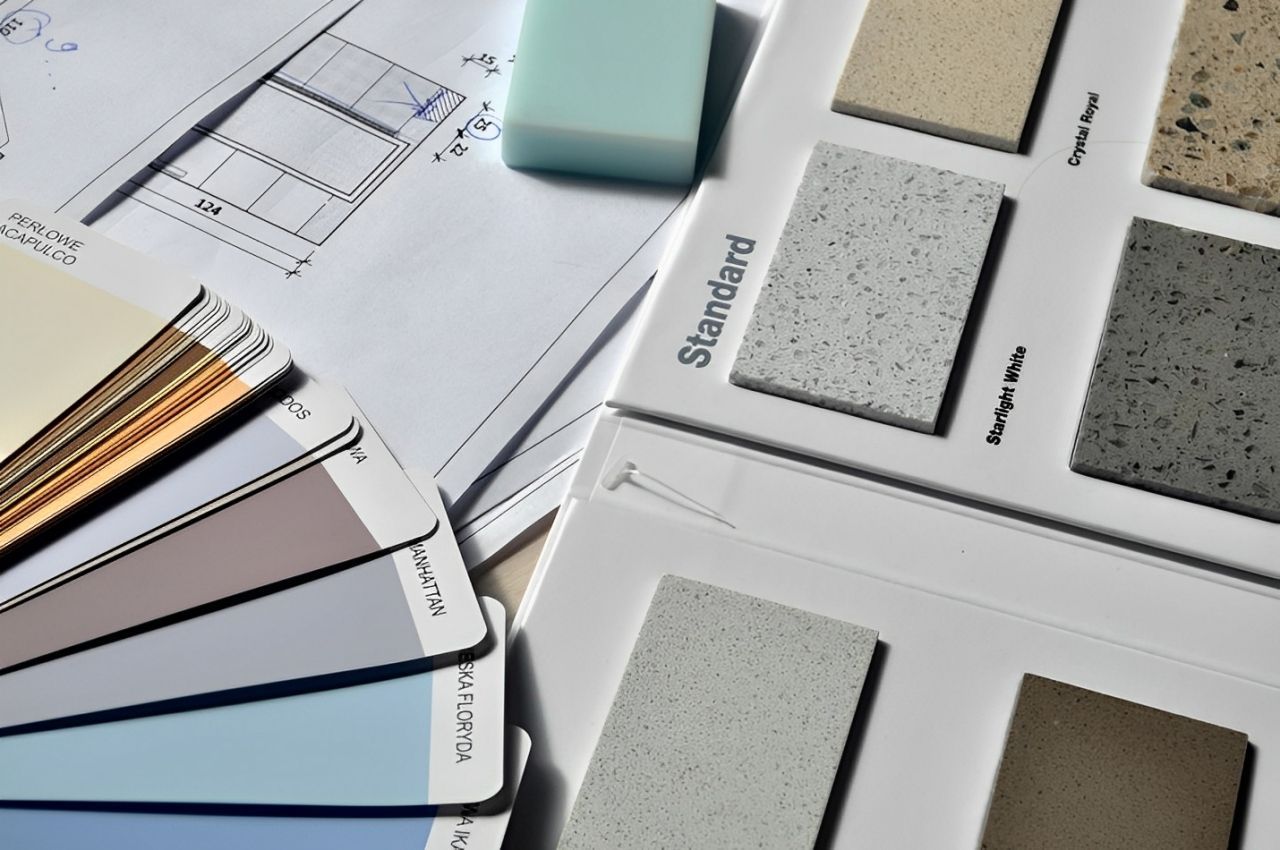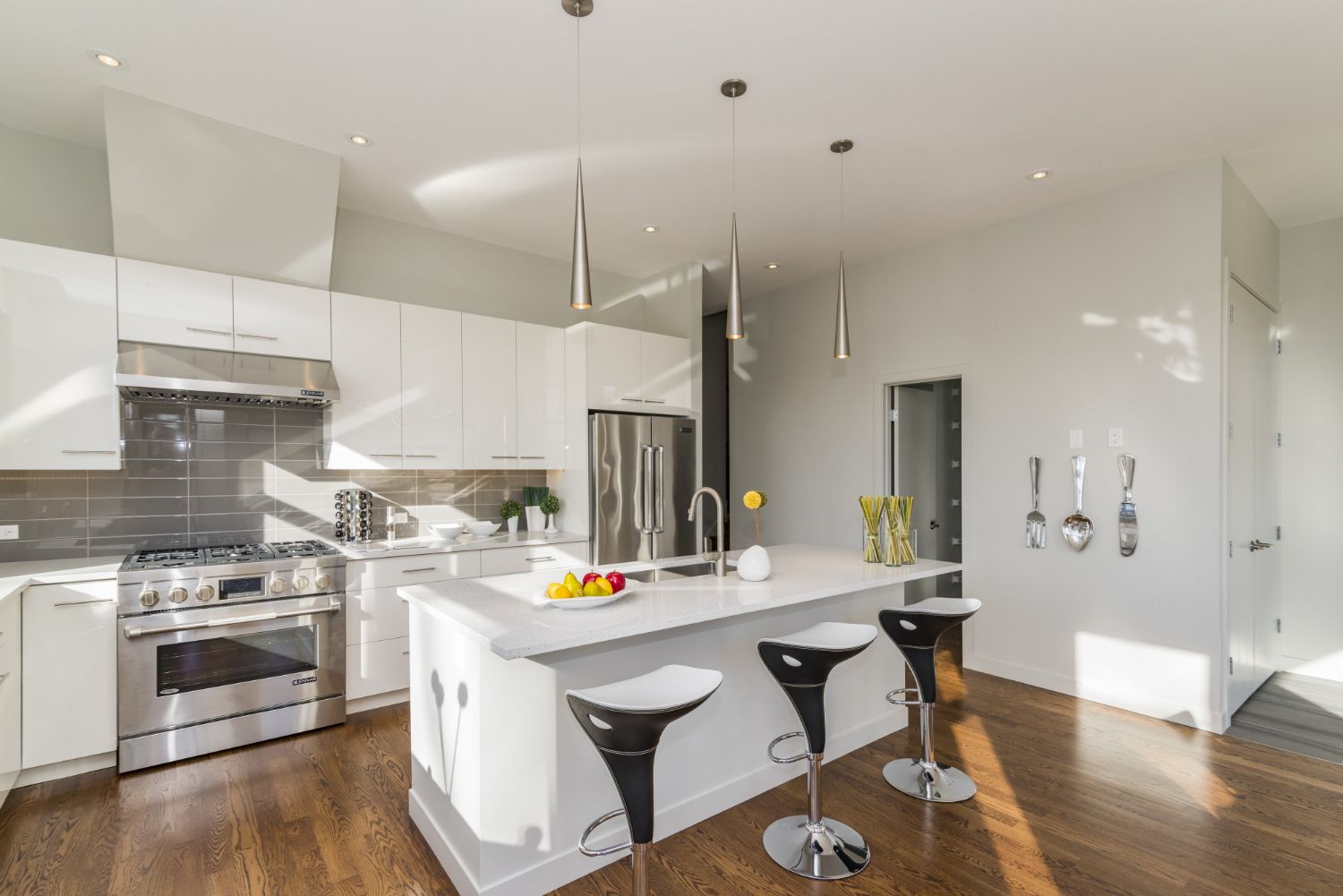Renovation Tips for Adding a Home Office to Your New Space
Creating a dedicated workspace at home has become a
key renovation idea for many professionals. Whether you work remotely full-time or need a quiet spot for personal projects, adding a home office can significantly improve your productivity and work-life balance. A well- designed office space should be functional, comfortable, and aligned with your daily needs. This guide outlines essential renovation tips to help you build the perfect workspace while making the process smooth and efficient.
Packing and Protecting Electronics Before Renovation Begins
Before starting a renovation, it is essential to store electronics in a safe location to protect them from dust, debris, and accidental damage. Devices like computers, monitors, and printers are particularly sensitive to movement and environmental changes, so proper preparation is key. If possible, consider moving larger electronics off-site to a secure, climate-controlled storage unit.
At the same time, properly
packing your electronics ensures they remain safe while moving them into storage. To prevent data loss, begin by backing up all important files to external drives or cloud storage. Before disconnecting any device, take a picture of the wiring configuration to simplify reassembly later. Use the original boxes with their custom padding and protective materials whenever possible, as they offer the best fit and cushioning. If the original packaging isn’t available, wrap screens and delicate components in anti-static bubble wrap and place them in sturdy, appropriately sized boxes. Label each item and its corresponding cables, bundling wires with zip ties to keep them organized. These steps will help protect your valuable devices and make the transition back into your updated space effortless.
Choosing the Right Space for Your Home Office
The next step in expanding your home and adding a home office is selecting the ideal location. Choose a quiet room away from high-traffic areas like the kitchen or living room. A spare bedroom, attic, or basement can work well as a dedicated office space.
Consider factors such as natural light, ventilation, and accessibility. A room with a window allows for better airflow and natural illumination, reducing reliance on artificial lighting. If soundproofing is a concern, install thick curtains, rugs, or acoustic panels to minimize noise from other house parts. If space is limited, get creative with your layout. A well-organized corner in a larger room, such as a living area or bedroom, can be transformed into an efficient workspace using partitions, shelves, or multifunctional furniture.
Planning the Layout and Functionality of Your Office
Once you have chosen the right space, consider optimizing its layout, especially regarding large furniture. Start by measuring the room dimensions to determine the best furniture placement. Your desk should have enough surface area for work essentials while allowing ample legroom.
Position the desk near a power source and ensure adequate lighting. If you work with dual monitors or additional equipment, consider an L-shaped desk to maximize surface space without overcrowding. Ergonomic chairs are a must-have to ensure comfort during long hours of work.
Storage is another key factor. Floating shelves, filing cabinets, or wall-mounted organizers help keep office supplies accessible without cluttering the space. If you need additional storage, opt for modular furniture that can be reconfigured.
Lighting and Electrical Considerations
Proper lighting enhances productivity and prevents eye strain. Whenever possible, prioritize natural light and incorporate artificial lighting that supports different work conditions. Overhead lights, desk lamps with adjustable brightness, and LED strips under shelves can create a well-lit workspace.
Plan electrical outlets strategically to accommodate your office setup. If the existing outlets are insufficient, consult an electrician to add new ones in convenient locations. Surge protectors and cable management solutions help prevent tangled cords and potential hazards.
Adding a Home Office to Your New Space: Selecting the Right Color Scheme and Décor
The aesthetics of your home office can impact focus and creativity. Choose colors that promote concentration and relaxation. Soft blues, greens, and neutral tones create a calm and inviting environment. If you prefer an energetic vibe, incorporate accent walls in warm colors like orange or yellow.
Décor should complement functionality. Minimalistic designs with framed artwork, plants, and inspirational quotes can make the office visually appealing without distractions. Indoor plants also improve air quality and bring a refreshing touch to the space.
Upgrading Internet and Technology Setup
A strong internet connection is essential for video calls, file transfers, and uninterrupted workflow. If your office is located in an area with weak Wi-Fi signals, consider investing in a Wi- Fi extender or mesh network system.
Your technology setup should also include noise-canceling headphones, an external monitor for multitasking, and a comfortable keyboard and mouse. If video conferencing is part of your routine, proper webcam placement and lighting enhance the virtual meeting experience.
Soundproofing for a Distraction-Free Environment
Managing noise levels is one of the biggest challenges in adding a home office. Whether it’s household activity or outside traffic, distractions can disrupt your focus. Soundproofing solutions, such as acoustic wall panels, thick curtains, or carpets, help absorb noise and create a quieter workspace.
If renovating extensively, consider adding insulation to the walls or using soundproof doors. A white noise machine or soft background music can mask unwanted sounds and improve concentration.
Maximizing Space with Smart Storage Solutions
A clutter-free office is key to maintaining productivity. Use vertical storage solutions to make the most of your available space. Wall-mounted shelves, pegboards, and multi-tiered organizers keep essential items within reach without occupying desk space.
If you have limited floor space, opt for foldable or extendable furniture. A wall-mounted desk or collapsible work table allows flexibility, especially in multi-purpose rooms. Label storage bins and create designated zones for documents, stationery, and tech accessories to keep everything organized.
Incorporating Energy-Efficient Features
When renovating, consider energy efficiency. LED lighting consumes less power and lasts longer than traditional bulbs. Smart thermostats help regulate room temperature efficiently, making your office more comfortable while reducing energy costs.
If you’re updating windows, choose energy-efficient glass to improve insulation and reduce glare. Sustainable materials for furniture and décor also contribute to an eco-friendly workspace.
Wrapping Up
Following these renovation tips, you can create a functional and stylish workspace tailored to your needs. Adding a home office enhances productivity, improves organization, and provides a dedicated area for work-related tasks. Whether working with a small space or a full room, careful planning and thoughtful design choices will help you achieve the perfect home office. With the right setup, your new workspace will support efficiency and creativity, making it a valuable addition to your home.















